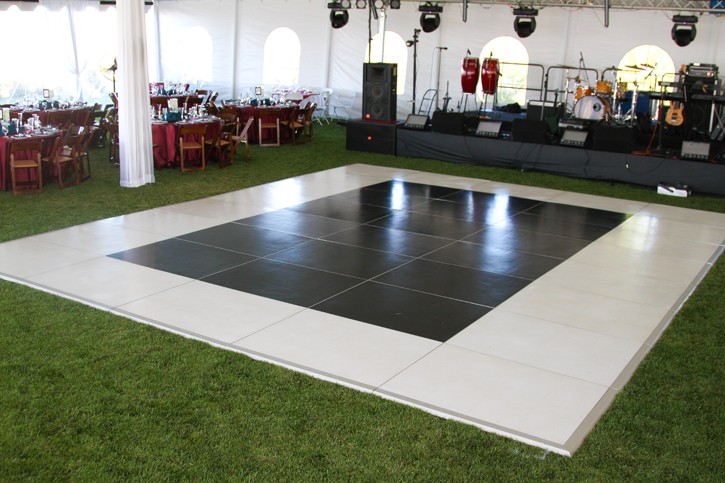Exploring the Versatile Substances That Convert Dance Floors into Stunning Aesthetic Experiences
Exploring the Versatile Substances That Convert Dance Floors into Stunning Aesthetic Experiences
Blog Article
Movement surfaces have evolved significantly over the decades, transforming more than just a place to move to melodies. Currently, they are transformed into breathtaking visual encounters through the use of multiple substances and technologies. These substances not only improve the aesthetic appeal of the area but also improve the complete experience for dancers and audiences alike. Comprehending the flexible materials that add to these dynamic environments can offer insight into the art of performance floor design.
One of the most common substances used in modern dance floors is light-emitting diode lighting. Light-emitting diode lamps are power-saving and can generate a broad variety of hues and impacts. They can be embedded in the floor itself or used as part of a lighting system above the dance floor. This technology allows for coordinated light displays that can change in reaction to the melodies, creating an immersive experience. The ability to configure these lamps means that they can be customized to fit different themes or atmospheres, making each event distinct.
Another important substance is reflective materials, such as mirrors or shiny tiles. These surfaces can create an deception of space and depth, making the dance floor seem larger than it is. When performers move, their reflections can add an additional layer of visual appeal, enhancing the overall performance. Additionally, mirror-like materials can engage with illumination effects, amplifying the hues and patterns displayed on the floor. This combination of illumination and reflection can enthrall spectators and elevate the energy of the occasion.
In addition to lighting and mirror-like materials, the use of digital screens has grown increasingly popular in dance floor creation. These screens can display vibrant images, animations, or even live feeds of the show. By integrating digital innovation, event organizers can create a comprehensive experience that engages both the performers and the spectators. The ability to alter images in real-time allows for a dynamic atmosphere that go right here can adjust to the rhythm and energy of the melodies, making each moment feel fresh and thrilling.
Additionally, the choice of flooring substance itself plays a key role in the overall encounter. Classic wooden dance floors are still favored for their strength and functional qualities. However, newer materials like synthetic and elastic are gaining popularity due to their flexibility and simplicity of maintenance. These materials can provide superior impact absorption, reducing the chance of injury for dancers. Additionally, they can be crafted with multiple patterns and colors, allowing for creative expression in the dance floor's look.
In summary, the evolution of dance floors into breathtaking visual experiences relies on a mix of creative materials and technologies. LED illumination, mirror-like surfaces, digital screens, and customized flooring substances all add to creating an engaging setting for performers and audiences. As technology continues to progress, the opportunities for enhancing dance floor design will only grow, making upcoming events even more captivating and unforgettable. Comprehending these materials helps appreciate the artistry involved in creating environments where dance and music come together in unison.